Choosing a daycare for your child is a big decision that requires careful thought. With so many options available, it’s important to be mindful of key factors that can impact your child’s well-being and development. By being aware of potential red flags, you can make a more informed choice and ensure your child is in a safe, nurturing environment.
Staff-to-Child Ratio

The ratio of caregivers to children is crucial for ensuring each child receives adequate attention. Daycares with a high staff-to-child ratio may struggle to provide individualized care, leading to safety concerns or emotional neglect. A good daycare will adhere to recommended ratios, such as one caregiver for every three infants or five toddlers, to foster proper supervision and engagement.
Staff Qualifications

Qualified daycare staff have the necessary training in early childhood education, first aid, and CPR, ensuring they can meet the needs of young children. Be cautious of daycares that do not require staff to have certifications or relevant degrees, as untrained caregivers might lack essential skills for child safety, development, and communication.
Cleanliness and Hygiene Practices

A clean environment is vital for children’s health, particularly in daycare settings where germs can easily spread. Observe whether the daycare follows strict cleaning protocols, such as sanitizing toys, surfaces, and frequently touched areas. Poor hygiene can lead to illnesses, impacting your child’s well-being.
Safety Protocols

Safety measures, such as locked doors, childproofed furniture, and secure playgrounds, are essential in preventing accidents or unauthorized access. Inadequate safety protocols can expose children to potential hazards like injuries or abductions. Look for daycares with secure entry systems, regular fire drills, and well-maintained equipment.
Reputation and Reviews
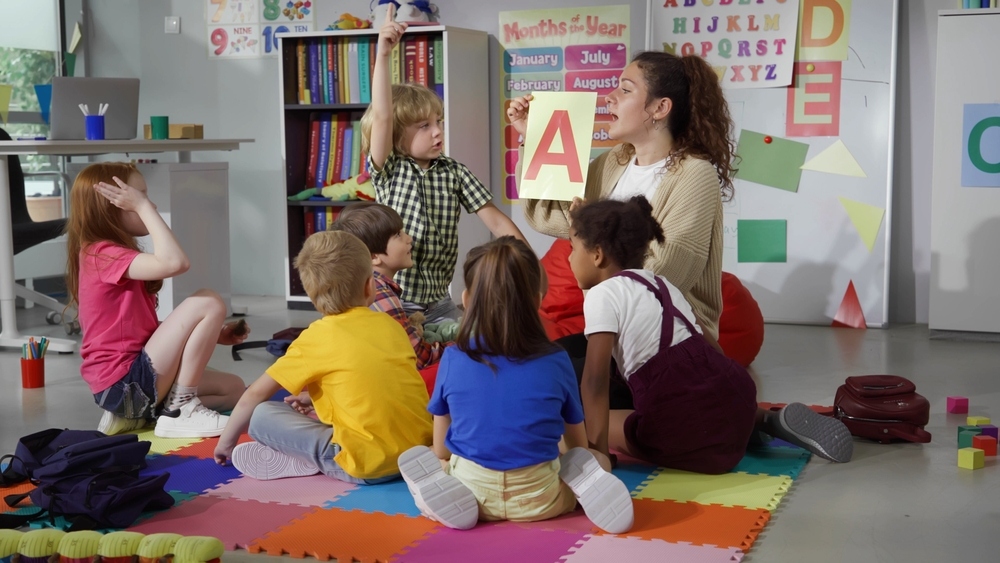
A daycare’s reputation speaks volumes about the quality of care provided. Check for online reviews, ask for parent references, and observe whether the facility has any complaints filed with licensing authorities. A poor reputation can signal underlying issues like staff negligence, communication breakdowns, or inconsistent care.
Licensing and Accreditation

Licensed and accredited daycares meet specific state standards for safety, staff qualifications, and curriculum. Be wary of daycares that lack proper licensing or fail to display their credentials, as this could indicate subpar operating conditions or noncompliance with regulations. Accreditation from bodies like the National Association for the Education of Young Children (NAEYC) adds an extra layer of quality assurance.
Curriculum and Educational Approach

Daycares should provide age-appropriate learning activities that promote cognitive, social, and emotional development. If the daycare lacks a structured curriculum or doesn’t balance free play with learning opportunities, your child may miss out on valuable developmental milestones. Inquire about the daycare’s educational philosophy to ensure it aligns with your values.
Discipline Policy

Daycare discipline policies should focus on positive reinforcement, redirection, and age-appropriate strategies. Harsh or inconsistent discipline methods, such as time-outs without explanation, can create an unsafe emotional environment. Make sure the daycare’s approach to behavior management is gentle and supportive.
Outdoor Play and Exercise
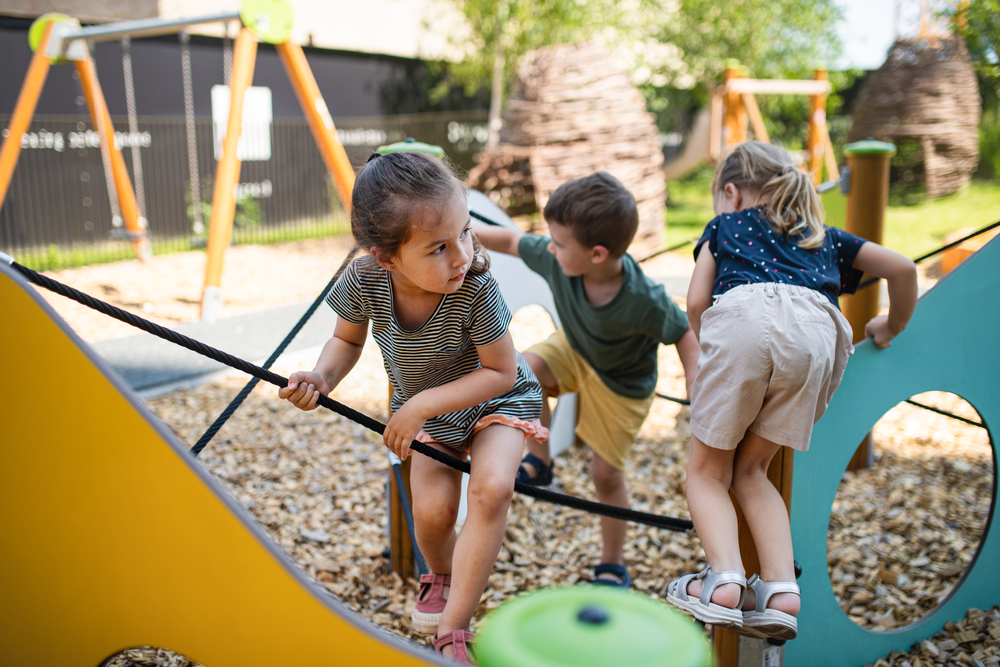
Physical activity is essential for young children’s health and development. Some daycares may not offer sufficient outdoor playtime or may have unsafe, poorly maintained playgrounds. A daycare with regular, supervised outdoor play in a secure area helps children develop motor skills and burn off energy, leading to better behavior and learning focus.
Meal and Snack Policies

The daycare should provide nutritious, balanced meals and snacks that meet dietary guidelines for young children. If the daycare doesn’t prioritize healthy eating or fails to accommodate allergies and dietary restrictions, your child’s health could be at risk. Review the daycare’s meal plans and ensure they offer a variety of fruits, vegetables, and whole grains.
Daily Routine and Structure

Children thrive in environments with consistent routines. A daycare without a structured daily schedule may cause confusion or anxiety in children, leading to behavioral issues. Check that the daycare provides a well-balanced routine with time for learning, play, rest, and meals, promoting a sense of security and stability.
Transparency and Communication

Effective communication between parents and caregivers is essential for building trust and staying informed about your child’s day-to-day experience. If the daycare does not provide regular updates, report accidents, or offer open communication channels, it can be a red flag. Look for centers that encourage parent involvement and provide daily reports or newsletters.
Turnover Rate of Staff

High staff turnover can indicate dissatisfaction among employees or poor working conditions, both of which may affect the quality of care. Consistency in caregivers is important for children’s emotional development and sense of security. Ask about staff retention and how long caregivers have been employed at the facility.
Child Behavior and Interaction

Observe how children at the daycare interact with one another and with the staff. Aggressive, withdrawn, or chaotic behavior among children may suggest poor supervision or a negative atmosphere. A positive daycare environment will foster healthy social interactions, with caregivers intervening in conflicts in a constructive manner.
Emergency Preparedness

A daycare should have clear, practiced emergency procedures for situations like fires, natural disasters, or medical emergencies. If the center does not have an emergency plan in place or if staff are unaware of protocols, it could lead to delayed or improper responses in critical situations. Ensure the daycare is equipped with first aid kits, emergency contacts, and staff trained in handling crises.
Child Engagement and Stimulation
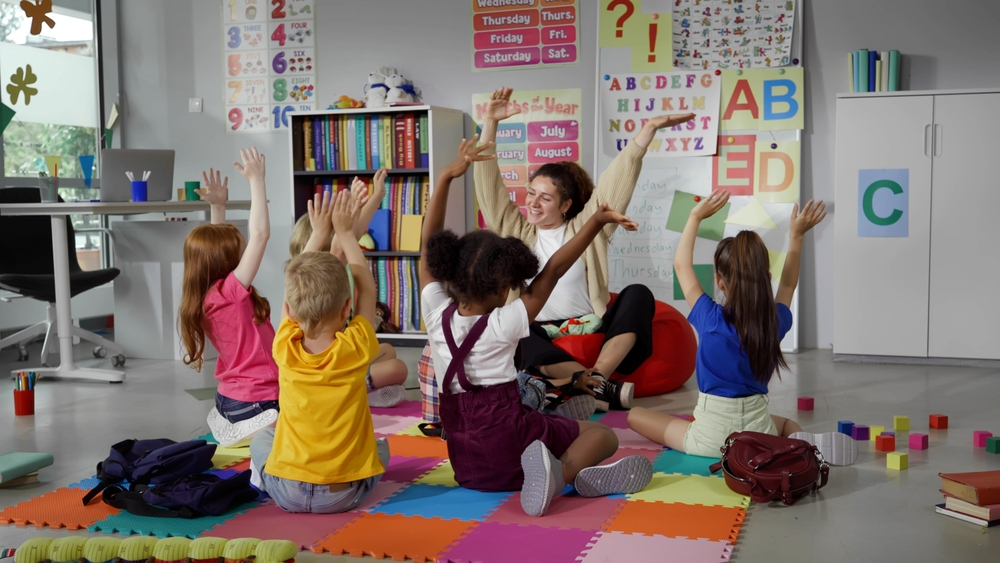
Children need regular stimulation to foster their creativity and cognitive skills. Be cautious of daycares that offer limited educational toys, books, or art supplies, as a lack of activities can lead to boredom and hinder development. A well-equipped daycare will provide a variety of activities that engage children mentally and physically.
Nap and Rest Policies

Young children require naps and quiet time to recharge during the day. Inadequate rest areas or inconsistent nap schedules can leave children overtired and irritable. Check that the daycare provides a designated nap area with clean bedding and adheres to a consistent rest routine to support your child’s sleep needs.
Parent Involvement Opportunities
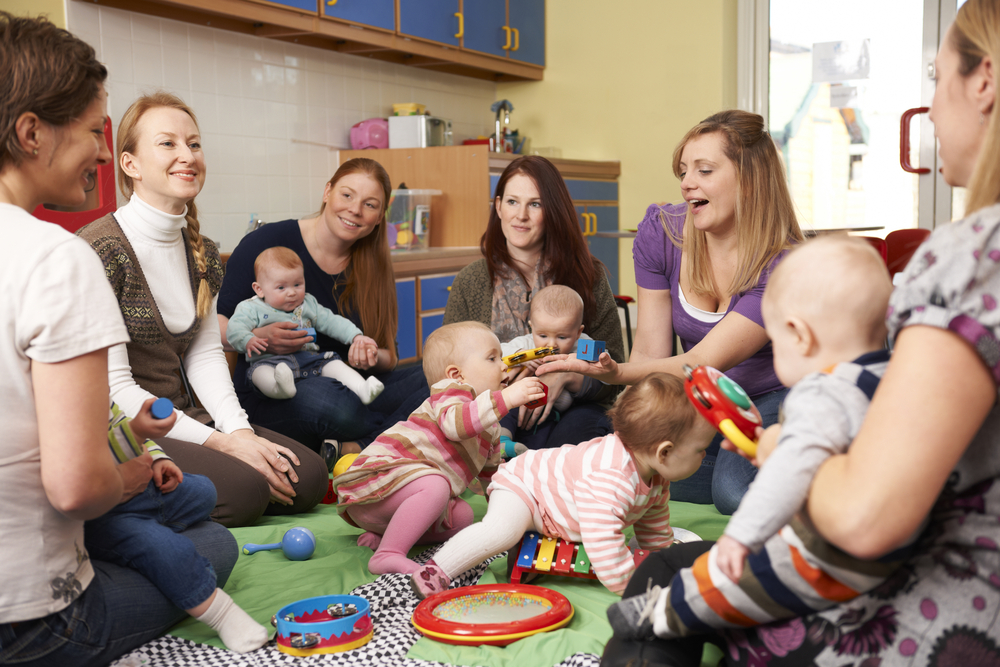
Daycares that encourage parent involvement often have a more transparent and open approach to caregiving. Be cautious if the daycare doesn’t offer parent meetings, volunteer opportunities, or open-door policies. Involving parents in activities, events, or feedback sessions ensures you stay connected with your child’s experience.
Transportation Policies
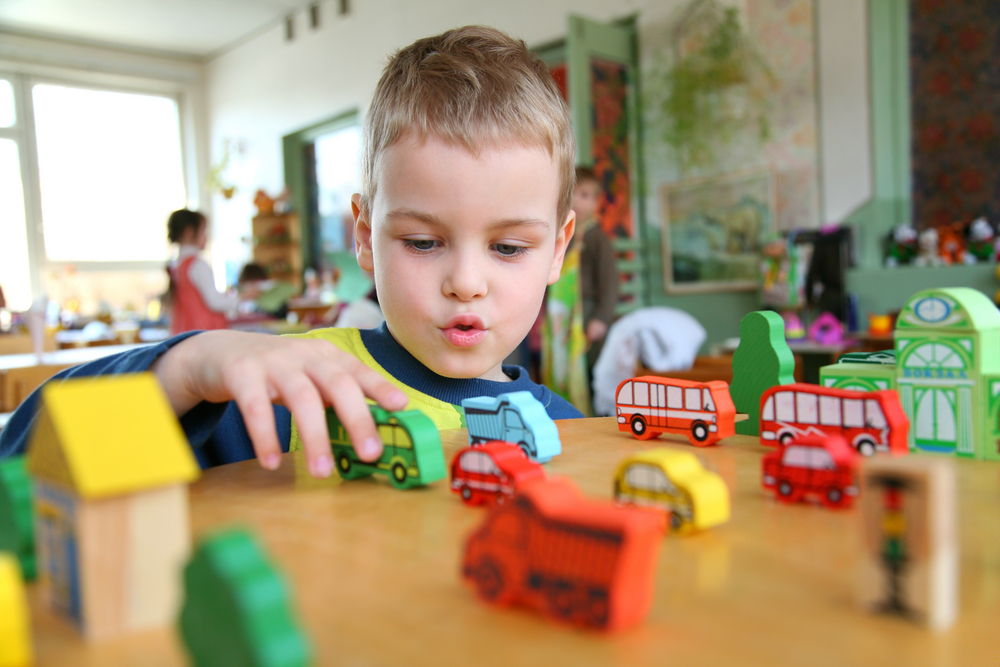
If the daycare provides transportation, whether for field trips or daily pick-up/drop-off, ensure the vehicles are well-maintained and equipped with proper child safety seats. Be cautious if the daycare doesn’t follow safety guidelines for transportation, as this can put your child at risk. Verify that drivers are licensed and experienced in transporting young children.
Cost and Contracts
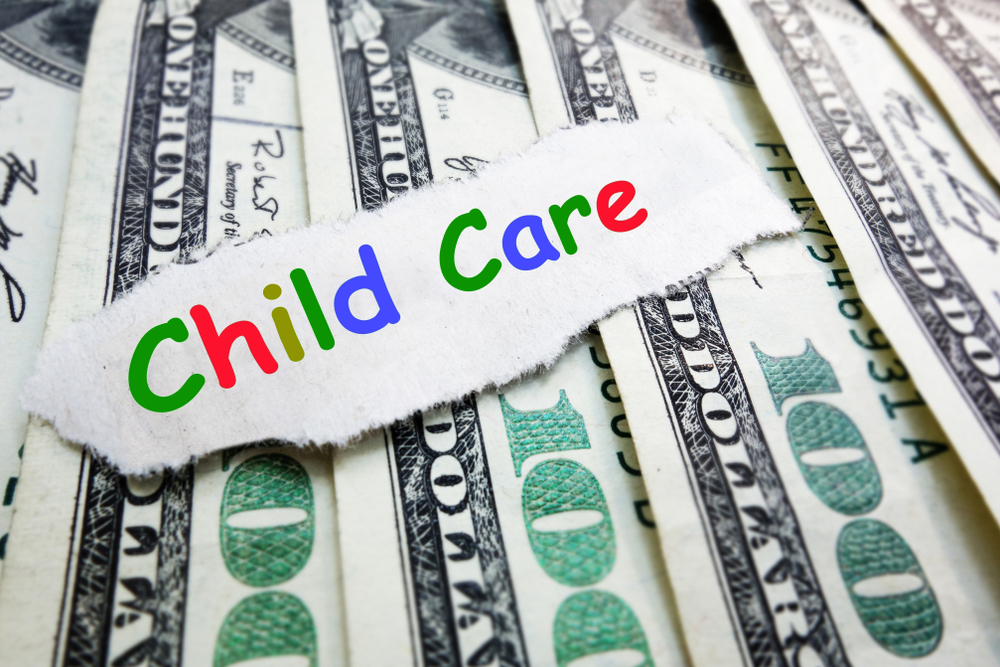
While cost should not be the only factor, it’s essential to understand the daycare’s fee structure and ensure there are no hidden costs. Some daycares may have unclear contracts or extra fees for supplies, meals, or special activities. Make sure the daycare’s pricing is transparent, and the contract clearly outlines expectations for payments, sick days, and holiday closures.
This article originally appeared on UnifyCosmos.
More from UnifyCosmos
20 Surprising Ways to Repurpose Everyday Household Items

Everyday household items can serve surprising and practical purposes. With a little creativity, you can find unconventional uses for things you never expected. Letâs explore some unusual ways to use common household items. Read more!
16 Makeup Techniques to Enhance Your Natural Features

By using the right techniques, you can create a look that’s fresh, polished, and effortless. Here are some makeup tips to help you highlight your best features in a way that feels natural and true to you. Read more!
19 Pro Tips for Transitioning Your Wardrobe Between Seasons

These 19 expert tips will help you make the most of your wardrobe and stay stylish, no matter the weather. Read more!
Leave a Reply